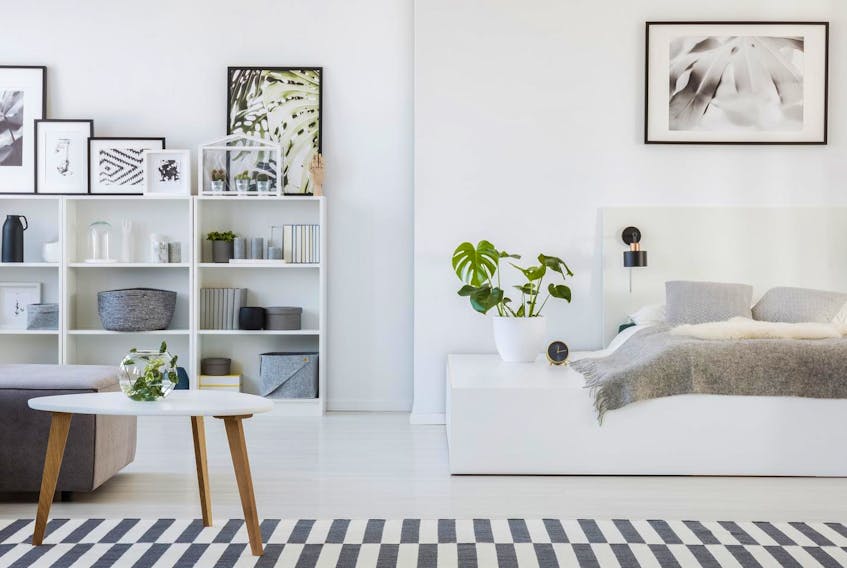Between hectic work and social life demands, life can often be a tight squeeze. But your home shouldn’t feel like one — even if you inhabit a smaller domicile. The trick to airing out a compact space, say the pros, is to get organized and utilize every square inch efficiently.
“With people acquiring more than they actually need nowadays, it’s important to maximize your space so that you can effectively house and use the things you own,” says Robyn Reynolds, certified professional organizer and owner of Organize2Harmonize in Sherman Oaks, Calif.
Cyrus Bedwyr, a London-based kitchen cleaning expert with Fantastic Services, agrees that clutter is often the biggest culprit.
“It’s important to avoid clutter and keep it under control as much as possible, as it eats away free space and visually shrinks a room,” says Bedwyr.
Problem is, clutter usually isn’t sequestered to one area. “It tends
to overflow into all rooms of the home,” adds Reynolds. “If there isn’t enough storage space via cabinets or closets, that makes storing things a challenge.”
Your first step to free up lost space is to discard and donate items you no longer need or want.
“The ‘less is more’ rule is especially true when living in a small home. It’s critical to plan ahead and downsize your belongings to make your small space more livable,” says Dallas-based interior designer Darcy Segura with 5miles.com.
Bedwyr suggests starting in the kitchen.
“Unload all your drawers and cabinets. Ask yourself if you need the item or plan to use it. Toss expired foods and donate old or unused cookbooks, cutlery, towels, mitts and dishware,” says Bedwyr.
Repeat this process in each closet and storage area, too. If you have large seasonal items you don’t want to part with — like a surfboard, skis, or spare bike — think about keeping them offsite in a storage unit.
Next, take advantage of overlooked and underutilized areas ideal for storage, including beneath the bed, behind a closed closet or bedroom door, and on the wall (where adding shelves can come in handy).
“Try ceiling totes that hang from your closet ceiling, allowing you to store lightweight items from above,” advises Marty Basher, home organization expert for Modular Closets in Lakewood, New Jersey.
Also, “use a hanging over-the-door organizer with a variety of pockets in which you can store shoes, jewelry, makeup or other items,” recommends Los Angeles-based professional organizer Paloma Baillie. “And you can use plastic containers with locking lids and vacuum-seal bags to store off-season clothing, extra blankets or various supplies under your bed, which can be concealed with a bed skirt.”
For extra real estate under your dream machine, try elevating your bed.
“Purchase bed risers, which will give you more space for your shoe collection and storage containers,” notes Laura McHolm, a home organization expert and co-founder of NorthStar Moving Company in Los Angeles. “Look into an ottoman, bench or couch with storage space inside,” McHolm says. “And give thought to a convertible sleeper sofa or Murphy bed instead of a standard bed.”
Wish you had an extra bedroom or private area? “A modest room divider, freestanding bookshelf, or console in the middle of a room can be great for conserving while compartmentalizing a space,” notes Segura.
To make your space appear larger to the naked eye, there’s a few other tricks you can try, too.
“Freestanding or hanging mirrors, in all shapes or sizes, can give a small space added dimension and the illusion that it’s bigger,” adds Segura.
The right paint colours can work wonders, as well.
“You can brighten a dark room and make it look bigger by using bright colours. But stick with one colour scheme — choosing too many colours can make the space look closed in,” says McHolm.









